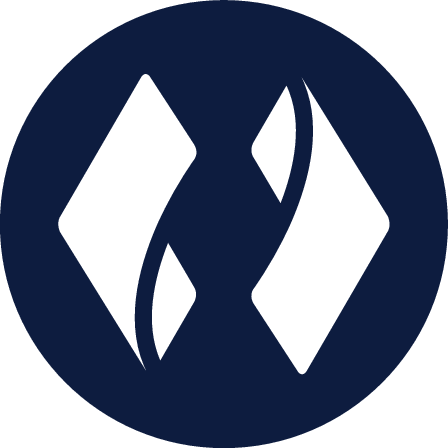People
Finding My Footing: Beginning My Career as a Placement Developer
I joined Codeweavers in September 2023 as a Placement Student from Staffordshire University. Codeweavers has a long history of hiring from Staffordshire University, so having that background helped to kick-start my relationship with many colleagues throughout the business.
Interview
During the hiring process, a key point of differentiation between Codeweavers and other companies was the immediate scheduling of a one-on-one interview with a senior developer after being short-listed. I was surprised by the interview itself, as it was my first technical interview, and I did not know what to expect. A quick Google search had me worried that I might be asked an incredibly difficult algorithm question. Instead, we spent half the interview discussing my time at Staffordshire University before taking a whistle-stop tour of the Codeweavers back-end architecture. The final half of the interview was related to a coding-centric algorithm in C#. At the time, my experience with C# was limited, but the goal was to demonstrate language-agnostic problem-solving skills, so the interviewer helped me get over any language-specific questions.
Induction
After being hired, I joined a 10-week induction programme with other recent starters, including two other placement students. The first five weeks focused on Domain Knowledge & Learning Organisations teachings and the final five weeks were based on technical/role-specific skills. At the end of the induction, we were given a project to deliver self-serve functionality to our external clients.
Throughout the project, we recognised the importance of those first few weeks of Learning Organisation teachings. For instance, when we first started the project, we tended to mob as one collective group. We quickly found this was an ineffective way of working as it would result in only two to three people contributing. One strategy we learnt during the Induction was the Seven Wastes of Lean, this includes: Overproduction, Waiting, Transportation, Inventory, Motion, Overprocessing, and Defects. Recognising that we spent large amounts of time ‘Waiting’, we started to slice the work so that two to three people could work independently. For example, one group would mock out the Front-end, while another would set up the Database Migration.
Read more about our induction programme:
Baptism of fire to structured induction by Kenny Nguyen.
A Trial By Fire, Or A Gentle Water Birth? By Craig Kempson.
However, we realised this change caused secondary issues like a building of undeployed branches (Inventory) and communication challenges. To overcome some of these shortcomings, we used the capabilities of Codeweavers' internal project management tool.
At Codeweavers, development is built around Behaviour-driven Development. Streams are built around team-specific Kanban Boards with ‘Backlog’, ‘In-Development’ and ‘Review’ phases. A ‘Goal’ can be defined around a User Story, which uses a three-part structure to identify who wants to achieve the goal, what they want to achieve, and why.
This stage is crucial as it ensures that the entire team is aligned with the project's goal. Each goal can then be broken down into MMFs (Minimum Marketable Features), which can each have their own User Story and Tasks. After each MMF was finished, we would demo it to stakeholders, which, for this project, was the Codeweavers Support Staff. When approved, we would move on to the next MMF; otherwise, iterate on the necessary amendments. On some occasions, demoing an MMF was difficult; for example, our project required us to demo how we would migrate old data into a new system, which was challenging to showcase without a working Front-end view. One of the key takeaways of this process was the importance of Slicing throughout the entire development process. Slicing allows a stream to focus on a single, deliverable task with less risk of feature creep and team alignment.
Reflecting on the induction
So, looking back at the induction after having worked for three months in a production team, was the induction worthwhile?
The induction was critical in helping me grasp the Codeweavers Platform, as there would be sections like Vehicle Data and Quote Calculations that I would have needed to learn about. It also offered the chance to become familiar with Vehicle Finance products and industry standard practices through SAF Training. Before joining, I knew nothing about vehicle finance, so this was valuable underlying knowledge. When joining pre-existing teams, we were also encouraged to bring our induction experience to the teams.
The programme has challenged my approach to project management and provided an impressive opportunity to explore the entire Codeweavers Platform. I look forward to the rest of my placement year and can wholeheartedly recommend Codeweavers as an excellent place to work.
Interested in joining the Codeweavers team? Check out our latest job openings on our careers page.



